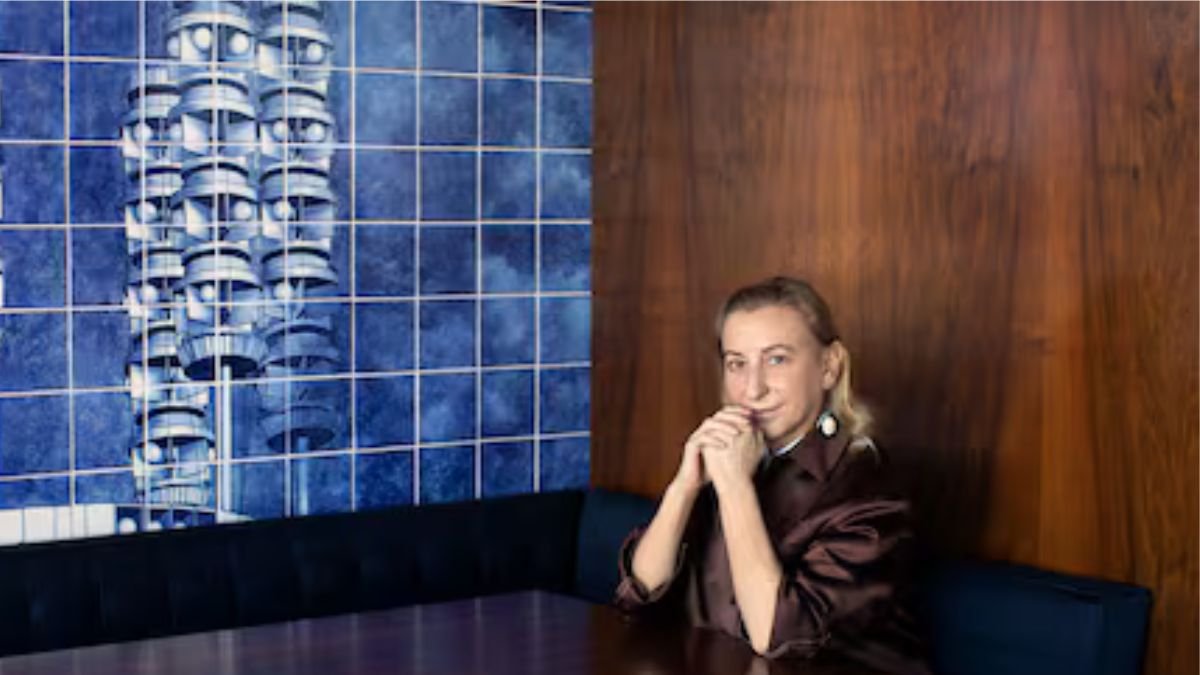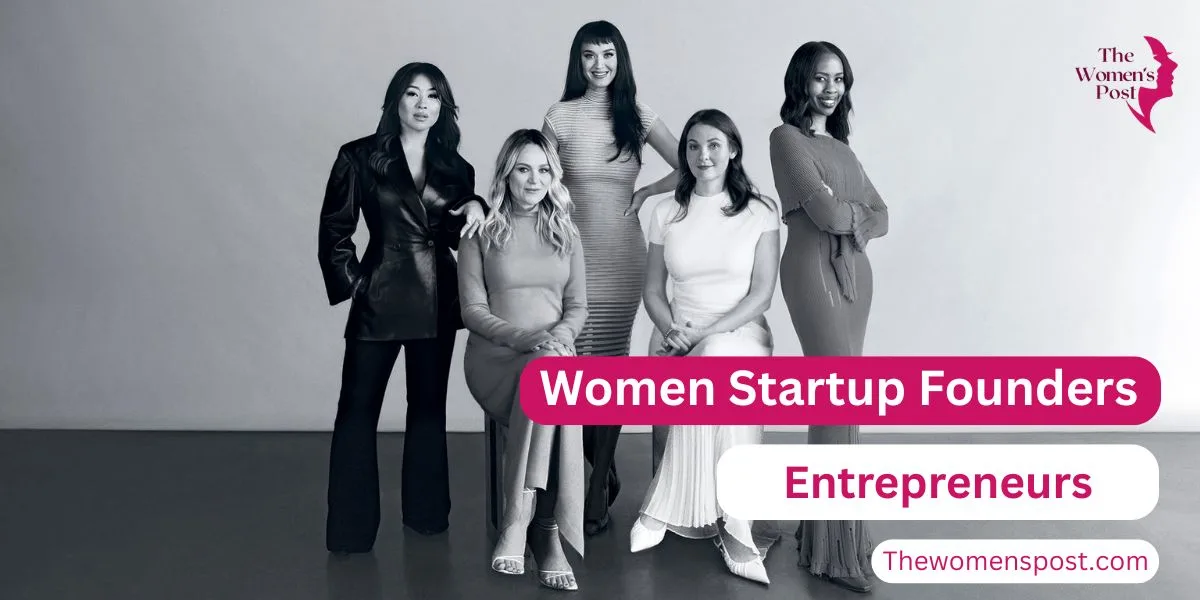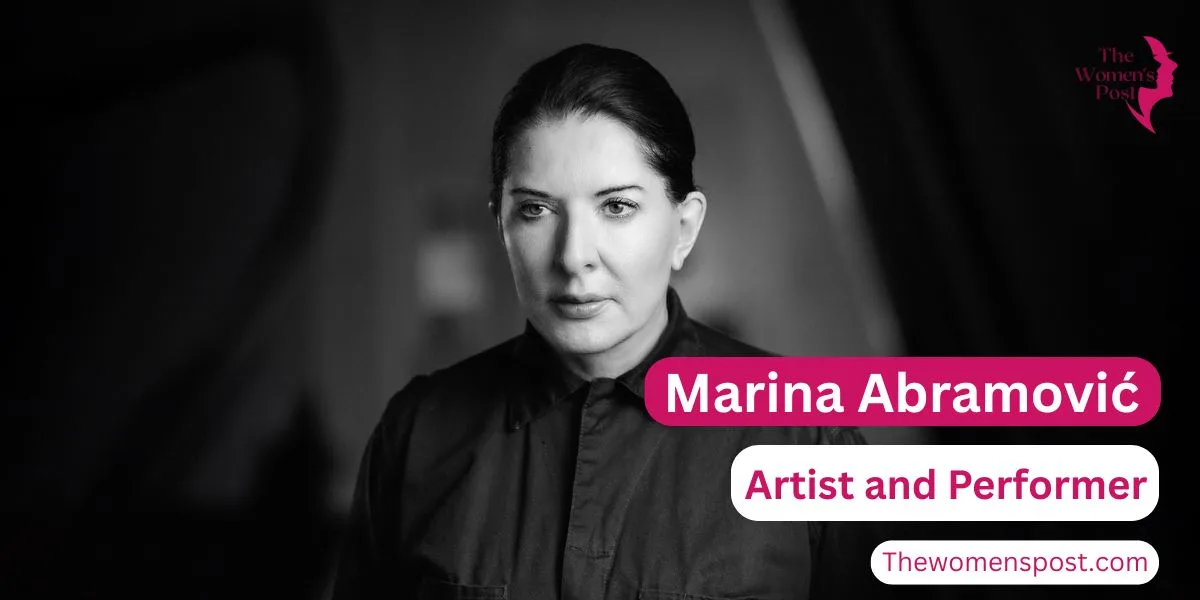Miuccia Prada is a name that reverberates through the halls of high fashion, synonymous with invention, intelligence, and uncompromising defiance of the norm. As the chief designer of Prada and the originator of Miu Miu, she has reimagined luxury fashion, upending the idea of elegance. But beneath the avant-garde designs and intellectual mystery is a lady of tremendous complexity – a political science degree, a former mime artist, and an unwavering visionary.
Early Life and Education
Miuccia Prada, born Maria Bianchi on May 10, 1949 in Milan, Italy, was destined for a privileged existence. She was the youngest granddaughter of Mario Prada, the founder of the Prada design brand, which debuted in 1913. However, young Maria was everything from traditional. Raised in a family that respected both tradition and intellectual rigour, she was influenced by the opposing forces of classicism and rebellion.
Miuccia attended Liceo Classico Berchet, a top high school in Milan, where she was noted for pushing rather than complying to cultural standards. She eventually got a Ph.D. in political science from the University of Milan, a route unrelated to fashion but profoundly influenced by how she would later approach design.
Miuccia was an active member of the Italian Communist Party and a leader in the women’s rights movement throughout the politically volatile 1960s and 1970s. This era instilled in her a lifelong interest in power relations, identity, and the subversion of established conventions – themes that would permeate her work at Prada.
The Unexpected Detour: From Mime to Designer
If Miuccia’s entry into politics astonished people around her, her next action perplexed them even further. Before taking over at Prada, she studied as a mime performer at Milan’s Piccolo Teatro and worked professionally for five years. Mime, to Miuccia, was more than just a silent performance; it was an art form that portrayed complex emotions without using words.
This experience of communicating via movement and nuance would later inform her designs, which are modest yet intriguing.
Her decision to pursue a career in fashion was motivated by family responsibilities more than desire. She unwillingly took over the family’s premium leather goods firm in 1978, when she was 29 years old. Prada was recognised at the time for its high-quality purses and travel accessories, but it lacked the fashion-forward personality that it currently has.
Revolutionising Prada: From Nylon to Runway
Miuccia Prada’s first groundbreaking deed was creating the now-iconic black nylon backpacks in the late 1980s, which challenged traditional luxury. Luxury, she believed, was more about invention, function, and intellectual appeal than flash and beauty.The sleek, industrial feel of nylon challenged the concept that luxury was synonymous with grandeur.
Critics were sceptical at first, but the backpacks became a huge hit, drawing a clientele seeking refinement without expense. Miuccia’s designs appealed to ladies who wanted to be fashionable without compromising brains – those who saw strength in simplicity.
By the 1990s, Miuccia had broadened Prada’s reach into ready-to-wear fashion, launching collections that combined traditional elegance with rebellious modernism. She experimented with contrasts, pairing ‘ugly’ colours like mustard yellow and olive green with sumptuous materials to create designs that were both uncomfortable and attractive.
Miu Miu: A Playground for Rebellion
Miuccia created Miu Miu in 1993, naming the brand after her childhood nickname. Miu Miu represented rawness and rebellion, whereas Prada represented intelligence and elegance. It was her artistic playground, where she experimented with themes such as youth, femininity, and vulnerability.
Miu Miu’s collections frequently blurred the distinction between innocence and transgression. Models marched down runways wearing enormous jackets and dainty slips, expressing rebellious femininity. Miuccia defined Miu Miu as “the other side of me… more personal, more free.”
Love, Partnership, and Business
Miuccia’s personal and professional lives merged perfectly. In 1977, she met Patrizio Bertelli, a Tuscan leather products manufacturer. Their bond was both intellectual and emotional. Patrizio joined Prada and helped the business grow into a worldwide powerhouse.
The couple married in 1978 and have two kids, Lorenzo and Giulio. Despite the responsibilities of fashion and business, Miuccia stayed incredibly close to her family. Her kids, although being nurtured in the maelstrom of luxury fashion, forged their own paths: Lorenzo as a rally racer turned businessman, and Giulio as a skilled sailor.
Art and Intellectualism: The Fondazione Prada
Miuccia never relied just on fashion to express her originality. In 1993, she co-founded the Fondazione Prada, a contemporary art and cultural institution devoted to pushing the envelope. The foundation has staged controversial exhibitions that combine fashion, movies, and art, reflecting Miuccia’s own eclectic approach to innovation.
Miuccia saw art and fashion as interwoven means of expression. She had once stated: “What interests me in fashion is that it has to reflect what’s happening now.”
Legacy and Ongoing Influence
Miuccia Prada is now regarded as a modern fashion icon, having originated trends rather than followed them. Her art incorporates contradictions: the beautiful and the ugly, the traditional and the modern, the strong and the delicate. She has reinvented luxury, making it synonymous with ideas and brains rather than unnecessary decorations.
In 2020, she made another brave decision by selecting Raf Simons as Prada’s co-creative director. Their cooperation has been a creative synergy, combining Miuccia’s conceptual depth with Simons’ precise simplicity.
The Heart of Prada
Miuccia Prada is more than just a designer; she is also a storyteller, thinker, and rebel at heart. Her journey from politically activist student to mime artist to worldwide fashion star demonstrates the potential of accepting paradoxes. Through Prada and Miu Miu, she has given the world more than simply apparel; she has given it a new language of expression.
In her own words: “What you dress is how you show yourself to the world, especially now since human interaction is so instantaneous. “Fashion is instant language.”
Also read: Gwynne Shotwell: The Unsung Hero Propelling SpaceX to the Stars





